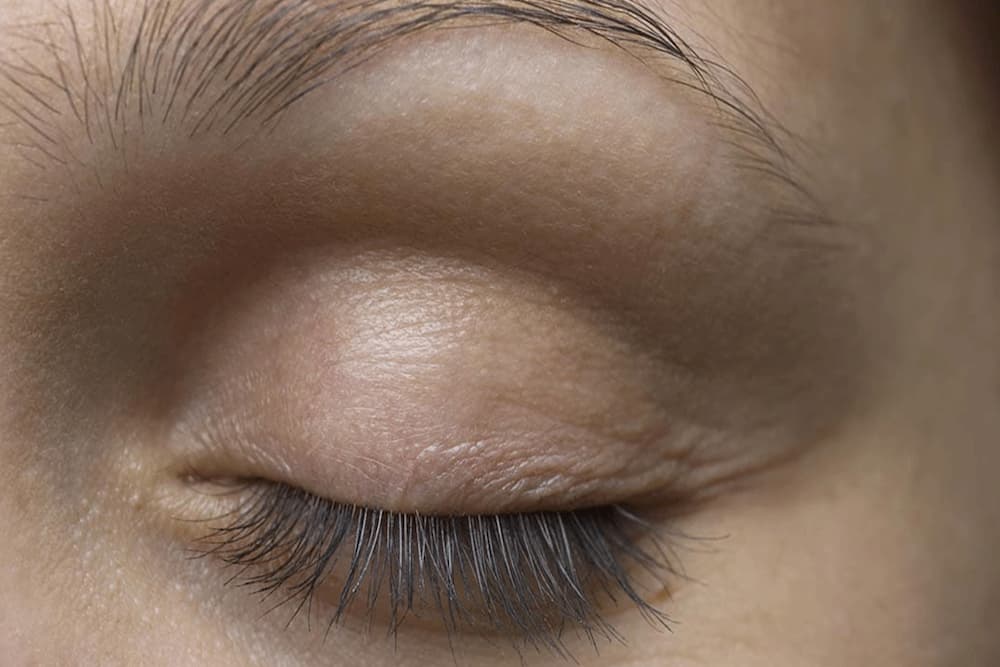Eyelid Surgery
Oculoplasty
Oculoplasty is a sub-branch of ophthalmology (the science of eye diseases). Oculoplasty deals with the diagnosis and treatment of bone and soft tissue diseases surrounding the eyelid, tear system and eye. The subject of oculoplastic surgery is the disorders related to the shape, function and appearance of the eyelids and their correction. Deformities in the eyelids may be congenital (such as congenital ptosis) or may develop in later ages due to factors such as familial inheritance and environmental factors. Aging alone causes changes in the shape of the eyelids and tissues around the eyes.
As a result of aging and the loss of collagen and elastic tissue in the skin combined with the effect of gravity, bagging and sagging of the eyelids, excess skin, drooping of the upper eyelid (ptosis) and drooping of the eyebrows are observed. In most patients, excess skin is accompanied by herniation of the fatty tissue around the eyes. Sagging of the lower eyelid may cause inward and outward turning of the lower eyelid edge. Excess skin and skin sagging on the lids can narrow the visual field and cause aesthetic concerns. In addition, wrinkles called ‘crow’s feet’ occur around the eyes due to the contraction effect of the muscle surrounding the eyelids.
What is blepharoplasty?
Excess skin and skin sagging that occurs on the eyelids with age is called ‘dermatochalasis’. It is usually more prominent in the upper eyelid and is often accompanied by fat herniation. In its treatment, eyelid surgery called ‘blepharoplasty’ is performed.
How to select the appropriate patient for blepharoplasty?
Before deciding on a surgical procedure, changes in the tissues around the eyes with age should be evaluated with a detailed physical examination. Is it the eyelid alone or the drooping eyebrow that causes the problem? Decision making is important in approaching treatment. In patients with prominent eyebrow ptosis, aesthetically pleasing results are obtained after eyebrow lifting, and blepharoplasty surgery can be postponed until later ages.
On the other hand, in patients where drooping eyebrows are the main problem, it should be taken into consideration that after upper eyelid surgery performed without considering eyebrow ptosis, the eyebrows will appear lower due to the decrease in the distance between the eyelashes and eyebrows and aesthetically pleasing results will not be obtained.
How should the patient who will undergo blepharoplasty be prepared for the operation?
Patients who will undergo blepharoplasty should be evaluated in terms of cornea, ocular surface diseases and dry eye during biomicroscopic examination. In addition, the patient should be questioned about allergies, the presence of systemic diseases that affect wound healing (such as diabetes), and the use of anticoagulant drugs that make bleeding control difficult.
What is xanthelasma?
Fat accumulation on the eyelid skin is called ‘xanthelasma’. Fat accumulation appears in the form of bright yellow plaques. These fatty plaques contain cholesterol. Its relationship with high blood cholesterol has not been fully elucidated, but it is more common in family members with familial high blood lipids. It should be considered that it may be associated with high serum cholesterol, especially when seen in young adults.
Xanthelasma is a common condition that usually affects both eyelids symmetrically. It is usually seen in middle-aged and older individuals. Its incidence is higher in women than in men. It is most commonly located on the part of the upper eyelids close to the root of the nose. Fatty plaques are formed by cholesterol-filled macrophage cells located in the upper layers of the dermis of the eyelid skin. It is not known exactly what causes this. However, in the presence of high serum cholesterol, relapses are observed more frequently after treatment.
Xanthelasma is not a malignant lesion. It does not cause clinical complaints; It does not affect visual function. Treatment consists of removing the lesions under local anesthesia for cosmetic purposes.
In the presence of large lesions affecting the entire lid, upper eyelid aesthetics (blepharoplasty) may be considered. Thus, better aesthetic results can be obtained by removing xanthelasma along with the excess skin tissue on the upper lid.
What is a mass on the eyelid?
The most common tumoral lesions in ophthalmology practice are eyelid masses. The majority of masses seen on the eyelid are benign tumors. The structure of the eyelids contains different tissues such as skin, mucosa, muscle tissue, sweat and sebaceous glands, and a wide variety of benign or malignant tumors can originate from these structures. Masses that appear on the eyelid can also be seen anywhere on the body covered with skin. However, the clinical appearance, histological features, and surgical principles applied in the treatment of these tumors are different from skin lesions seen in other parts of the body.
The most common benign valve tumor in adults is squamous cell papilloma. Irregular hyperkeratinized squamous epithelium

